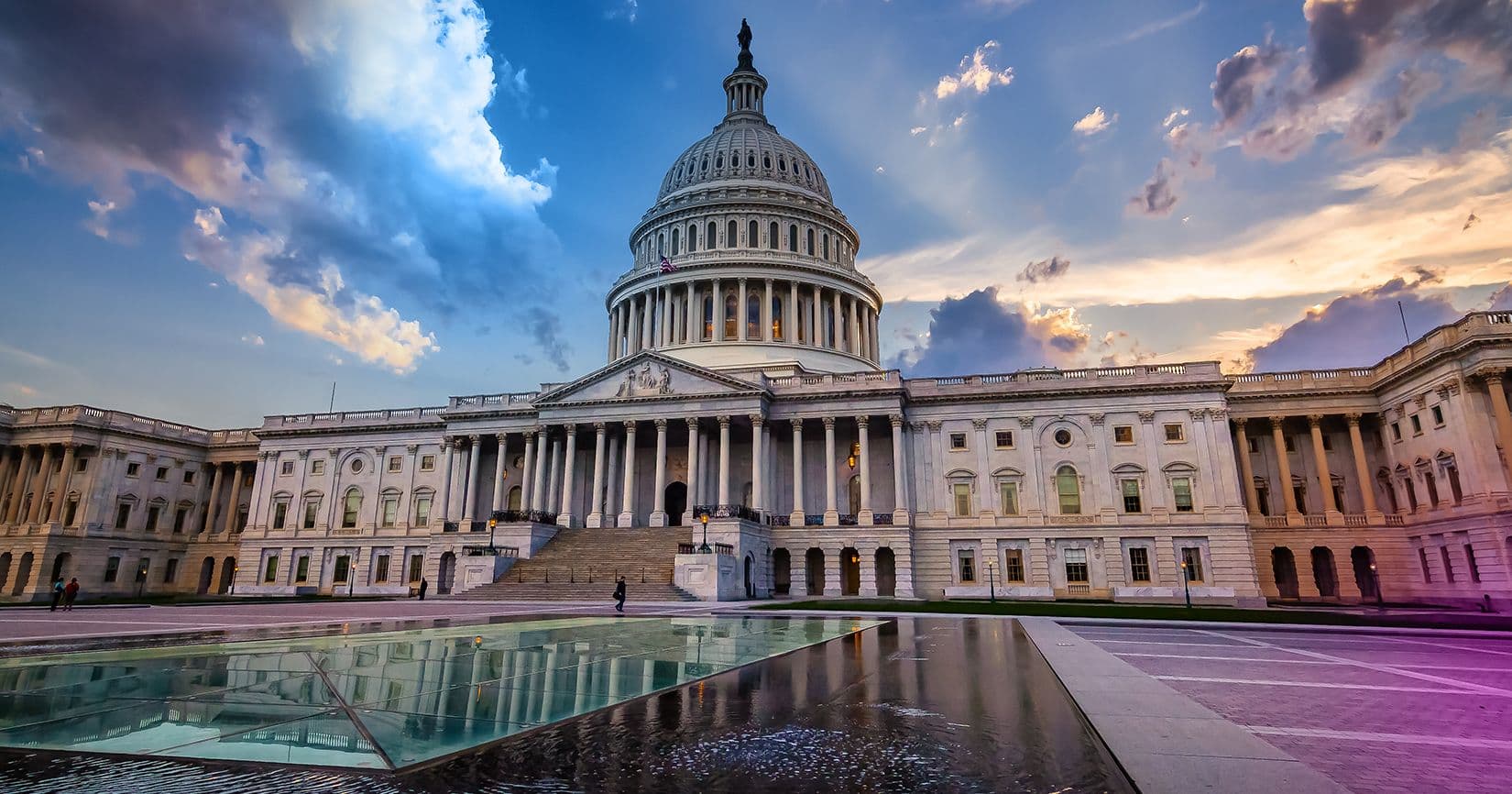Overdraft Scrutiny Continues to Intensify: The Need for Change is Essential

By: Kari Anne Arnosk, Principal, Debit Consulting, Advisors Plus, PSCU
Regulators and competitive pressures continue to intensify in the world of overdraft (OD). In early December 2021, the Consumer Financial Protection Bureau (CFPB) announced it would be “enhancing its supervisory and enforcement scrutiny of banks that are heavily dependent on overdraft fees” and the Office of the Comptroller of the Currency (OCC)’s acting comptroller recommended changes to overdraft programs, calling for new rules regarding overdraft practices. We first wrote about these upcoming changes in a previous blog post, “Now is the Time to Rethink Your Overdraft and Non-Sufficient Funds Fees Strategy.”
In a bid to get ahead of potential regulations, the “Big Three” financial institutions have joined the movement to help consumers avoid overdraft fees by making significant changes to their overdraft practices. Bank of America will be lowering their overdraft fee from $35 to $10 and eliminating non-sufficient funds (NSF) fees. In 2021, Chase eliminated returned item fees and expanded their overdraft threshold to $50. This year, Chase implemented early payroll direct deposit and will be providing customers an additional 24 hours to bring their balance back to $50 overdrawn or less. Wells Fargo will be eliminating NSF fees and transfer fees for certain customers and will be offering a 24-hour grace period, early access to direct deposits and a new, short-term loan product. All three banks offer “no OD/NSF fee” checking account products.
Many smaller financial institutions and challenger banks have embraced similar strategies. This revolution has permanently changed consumer expectations regarding overdrafts. More and more consumers are expecting low-cost and flexible overdraft solutions to ensure that their transactions are paid, late fees for bills are avoided and that they have the ability to bridge the gap between paychecks when needed.
Credit unions must embrace the changing market dynamic as well. The following data highlights target groups of consumers who could benefit from having various types of tools to help them avoid overdrafts.
- Those who frequently overdraft – These individuals typically maintain low daily balances and are heavy debit card users with little or no savings.
- Low-to-moderate-income households – These particular households are nearly twice as likely to overdraft than higher-income households with checking accounts.
- Young people (18-25) – 35% of young adults with checking accounts are more likely to overdraft compared to just 7% of those 65 and older.
- Those living paycheck-to-paycheck – Fifty-four percent of consumers (125 million U.S. adults) live paycheck-to-paycheck. Of these consumers, Millennials comprise the largest segment, at 77%.
Four Ways to Act Now
- Understand your members’ overdraft behaviors.
Dig into your data. Which segment of your members frequently overdraft? When are they likely to overdraft? Why is it happening? These insights will help you understand your members’ needs, as well as help identify any essential changes or enhancements needed to your overdraft program.
- Enhance awareness of existing solutions.
Do your members know that your credit union is committed to helping them manage their financial lives? Are your members aware of the various solutions and tools you offer to help them do so? Provide resources and coaching to help members understand your overdraft program. Enhance their awareness of your digital solutions, such as real-time balance alerts and overdraft avoidance tools. If your credit union offers courtesy pay, provide educational materials to help your members evaluate whether opting in would be beneficial.
As you embark on this awareness campaign with your members, it is imperative that your employees understand the value these solutions bring as well. Make sure to offer ongoing training and education resources to your staff to keep them updated. Help your staff be the biggest advocates of your solutions and understand how they will benefit your members.
- Examine and evaluate your overdraft fee structure.
Evaluate implementing changes to fees such as overdraft transfer fees, NSF fees and returned item fees, and/or consider capping OD fees charged per day – or even offering a lower fee for debit card courtesy pay transactions. To help members avoid overdraft fees, consider offering an overdraft threshold or increasing your current threshold amount if it is on the lower end (such as $5), as well as providing a 24-hour grace period.
- Continue to identify new opportunities.
Identify ways to help your members. For example, the popular “no overdraft fee” checking product structure, combined with early paycheck access and digital money management tools, provides value to members. Giving easy access to a small-dollar, short-term credit product is another option to help your members meet their personal financial needs.
The world of overdraft fees has changed forever. Adjusting your overdraft strategies is critical to helping your members manage their financial wellbeing. The credit union movement has a commitment to help members manage their financial health by providing low-cost, convenient, flexible and innovative solutions – which needs to include how we approach OD and NSF fees.
Kari Anne Arnosk is a Principal Consultant with Advisors Plus with over 30 years of experience in the financial services industry. She works with clients to create the most effective strategies for maximizing their checking and debit card portfolio growth.
Recommended Next

| 7MINS | BLOG
Highlights from Member Forum 2024

| 5MINS | BLOG
Legislation Update: Make Our Collective Voice Heard

| 5MINS | BLOG
2023 Eye on Payments: Part 3 — Debit’s Dominance during a Time of Economic Uncertainty

